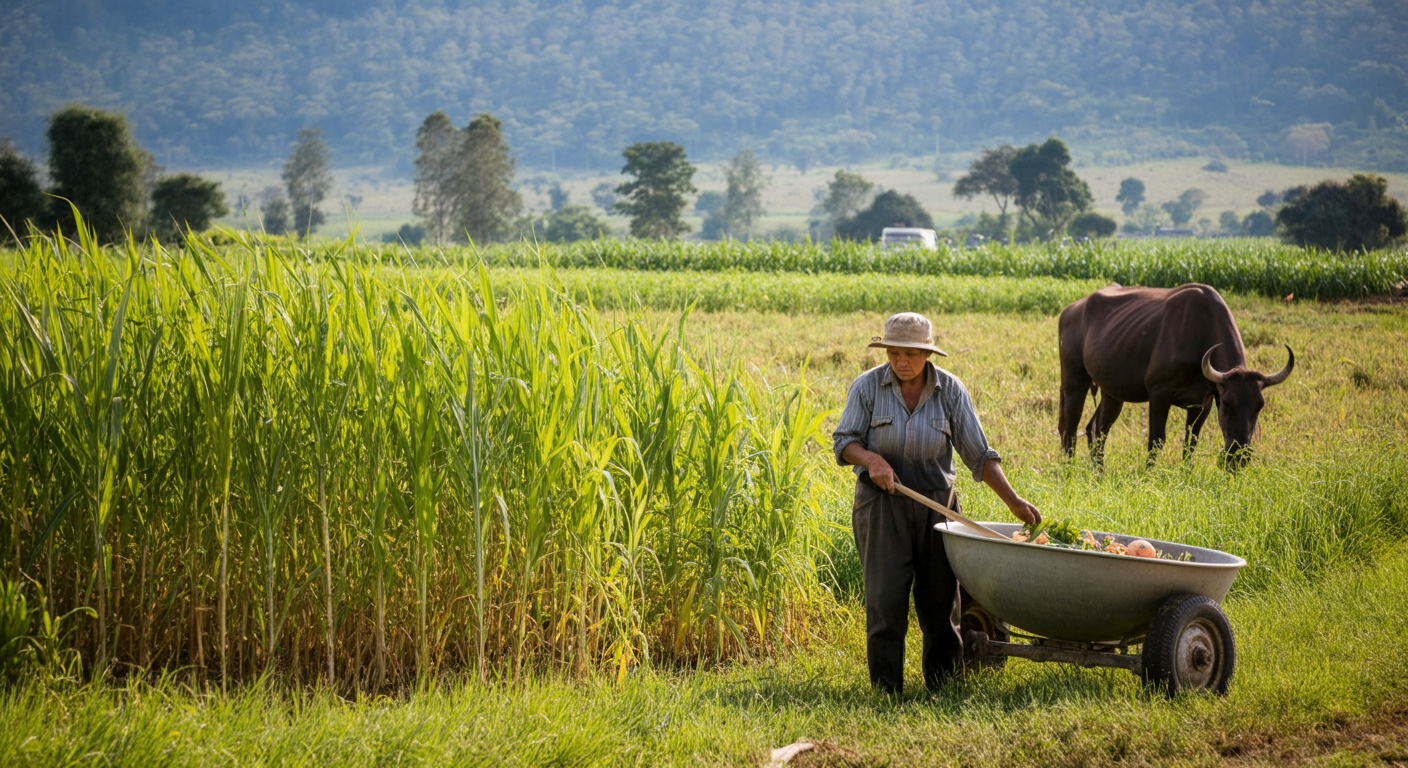Traditional Farming Practices Still in Use Today
In an era of technological advancements and industrial agriculture, many traditional farming methods have stood the test of time. These age-old practices, passed down through generations, continue to play a vital role in sustainable farming today. Rooted in wisdom and respect for the land, they offer valuable lessons in resilience, resourcefulness, and harmony with nature.
Here are some enduring traditional farming practices still in use around the world:

1. Crop Rotation
One of the oldest and most effective farming techniques, crop rotation involves growing different crops in the same field over sequential seasons. This practice prevents soil depletion, reduces pest infestations, and improves soil fertility naturally. Farmers have relied on this method for centuries, and modern organic farming still embraces its benefits.
2. Intercropping
Intercropping—the practice of growing two or more crops near each other—has been used since ancient times. By pairing complementary plants, farmers maximize space, deter pests, and enhance soil health. For example, the “Three Sisters” method (corn, beans, and squash) used by Indigenous communities in the Americas is a classic example of intercropping that remains effective today.
3. Terracing
In hilly or mountainous regions, terracing prevents soil erosion and conserves water. This ancient technique, seen in places like the rice terraces of the Philippines and the Andes, allows farmers to cultivate steep slopes efficiently. The stepped design slows water runoff, ensuring even distribution and fertile land for generations.
4. Agroforestry
Combining trees with crops or livestock, agroforestry is a traditional practice that promotes biodiversity and sustainability. Shade-grown coffee, for instance, mimics natural ecosystems, providing habitat for wildlife while maintaining soil health. Many small-scale farmers still use this method to create balanced, productive landscapes.
5. Natural Pest Control
Before synthetic pesticides, farmers relied on natural pest deterrents. Companion planting (such as marigolds to repel insects), introducing beneficial predators (like ladybugs), and using plant-based sprays (neem oil, garlic, or chili solutions) are traditional methods still favored by organic growers today.
6. Seed Saving
Preserving seeds from the best-performing crops ensures future harvests and maintains genetic diversity. Indigenous and small-scale farmers have practiced seed saving for millennia, safeguarding heirloom varieties that are often more resilient than modern hybrids.
7. Animal Integration
Traditional farming often integrates livestock with crop production. Animals provide manure for fertilizer, help control weeds, and contribute to a closed-loop system. Practices like rotational grazing and using oxen for plowing remain relevant in sustainable agriculture.
8. Rainwater Harvesting
In arid regions, collecting and storing rainwater has been essential for survival. Ancient systems like qanats (underground channels in Iran) and johads (small earthen dams in India) are still used today, demonstrating the ingenuity of traditional water management.
Why These Practices Matter
While modern agriculture has brought efficiency and scale, traditional farming methods remind us of the importance of working with nature rather than against it. These practices emphasize sustainability, reduce dependency on chemicals, and preserve cultural heritage.
As more farmers and gardeners return to these time-tested techniques, we see a growing appreciation for the wisdom of the past—proving that sometimes, the old ways are still the best ways.
Would you incorporate any of these traditional methods into your own garden or farm? Share your thoughts in the comments below.